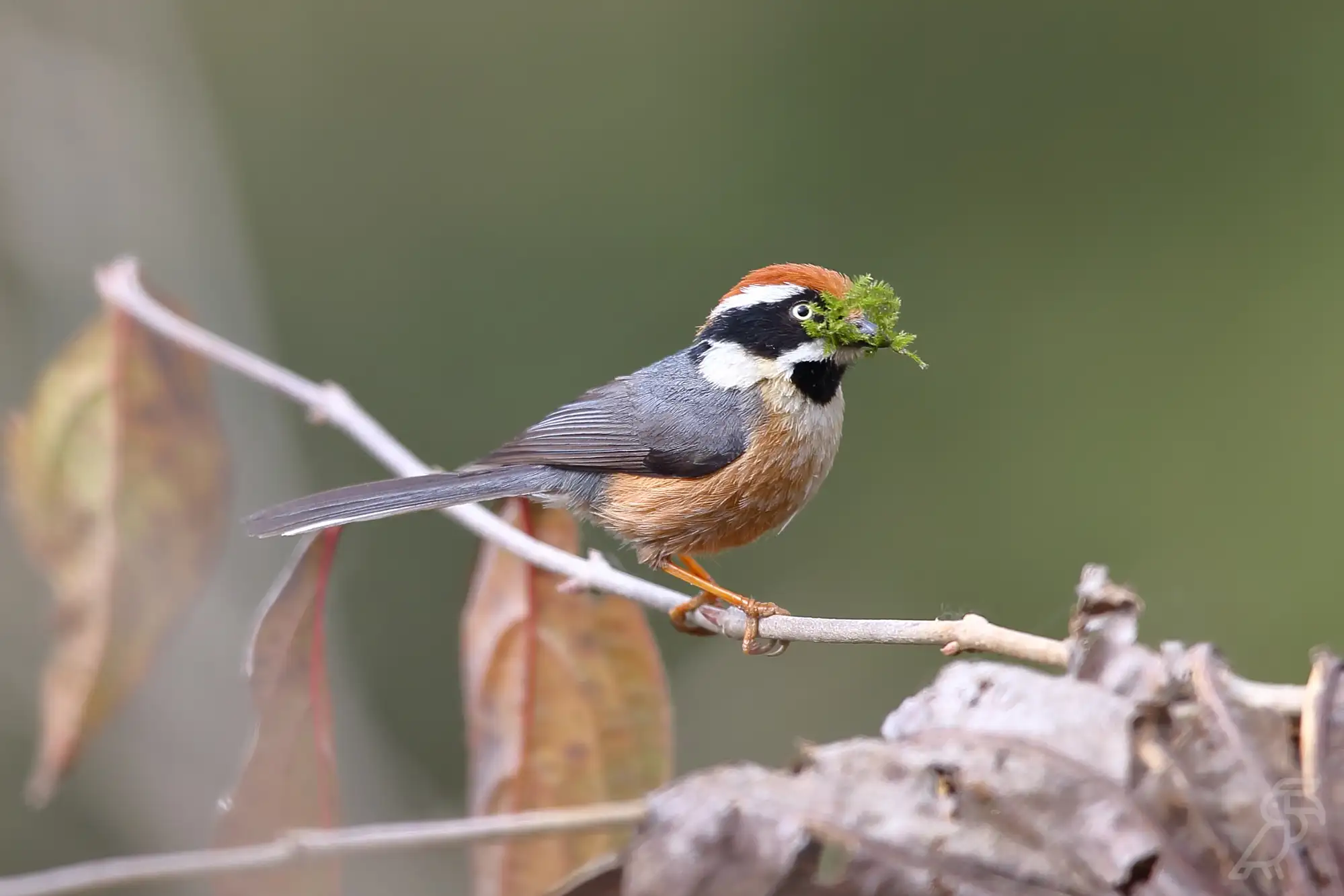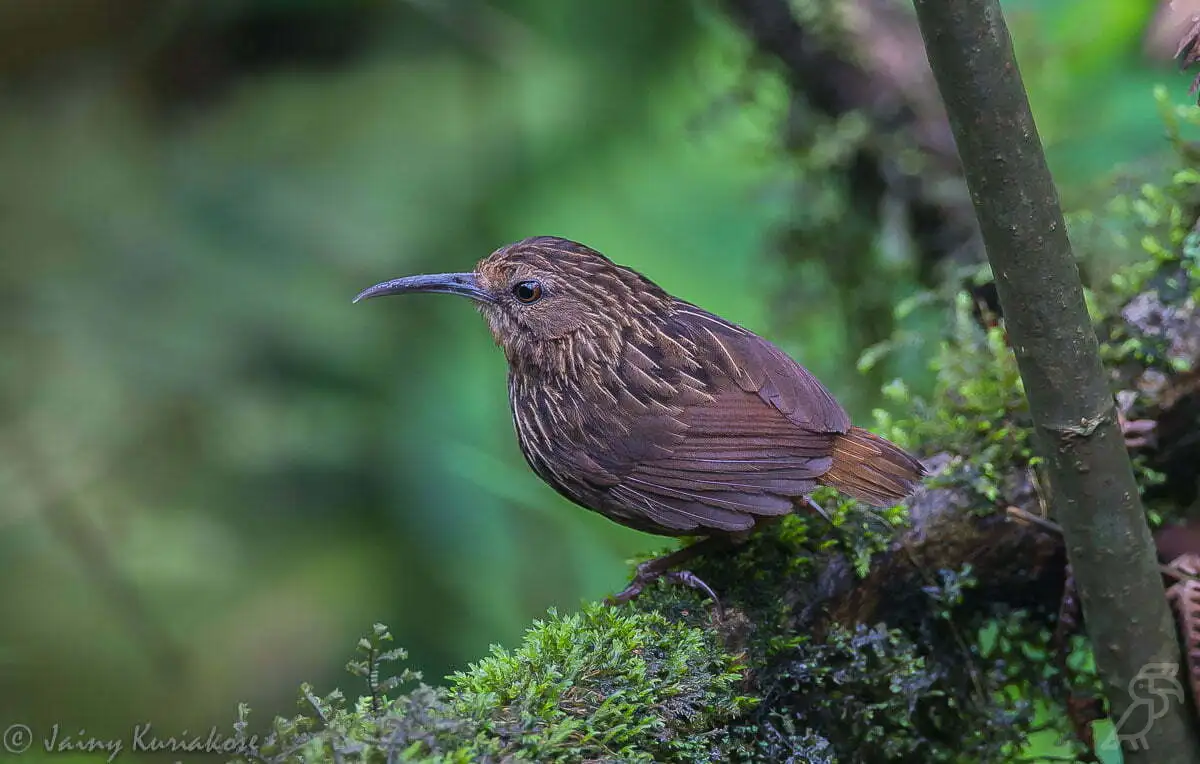Best of North East India Birding Tour

North East India Birding - An Overview
For most birders, the dream is to explore and photograph the rare and elegant birds that inhabit the world’s most remote corners. The Northeast region of India boasts beautiful habitats that are home to rare endemics and regional specialties. This under-visited region of the Indian subcontinent comprises eight culturally diverse states, including the states of Arunachal Pradesh and Assam. North-East India is one of Asia’s most biologically diverse regions, with a thriving avifauna that includes Himalayan and Indo-Malayan species. This one-of-a-kind tour is a must-do for anyone interested in eastern Himalayan birds and in exploring the “unknown” parts of India.
North East India Birding Tour: Basic Information
- Destinations : Assam & Arunachal Pradesh
- Activities : Birding, Landscapes, Wildlife
- Group SIze : Up to 8
- Comfort : Challenging
- Price :Contact Us
- Special Note : Basic Accommodation

North East India Birding - Detailed Itinerary
You will arrive at Guwahati from any of the major airports in India, and our guide will meet you at the airport and take you to Kaziranga National Park. The journey may take almost six hours, accounting for a few birding stops en route
We will have an early breakfast or carry a packed meal and board our safari jeep to explore the famous Kaziranga National Park, a stronghold of the endangered Great Indian One-horned Rhinoceros. The park is an excellent location to spot varieties of lowland Himalayan and mainland birds. Kaziranga National Park is also a haven for Tigers and Elephants.
We will head back to the hotel for lunch and siesta and return to the park in the afternoon for another safari.
Target species (birds) include the Blue-Naped Pitta, Slender-Billed Vulture, Pallas Fish Eagle, Swamp Francolin, Bengal Florican, Slender-Billed Scimitar babbler, Eastern Imperial Eagle, Pale-capped Pigeon, Smoky Warbler and more.
Mammals: The Great Indian Single-Horned Rhino, Water buffalo, Asian Elephants, Jackals and the Royal Bengal Tiger (rarely)
After breakfast, we will board our vehicle and drive to Nameri National Park, a popular destination for birders, wildlife enthusiasts, and nature lovers. The drive will take approximately six hours with a couple of birding stops along the way.
Over the next two days, we will explore the park and its surroundings in search of species such as the White-Winged Duck, Ibisbill, Long-Billed Plover, Rufous-Necked Hornbill, Wreathed Hornbill, Austen’s Brown Hornbill, Jerdon’s Baza, Pied-Falconet, and Ashy Headed Green Pigeon. We will return to our camp by noon for relaxed birding sessions around the base camp to observe common species.
After a hearty breakfast, we will leave our camp and begin our journey towards Eagle Nest, which is neighbouring the Eagle Nest National Park. Our drive will take approximately 3 hours, with a few birding stops planned along the way. We will arrive at Lama Camp by noon and spend the afternoon indulging in birding around the camp.
Target Species: Blyth’s Tragopan, Satyr Tragopan, Blood Pheasant, Asian Emerald Cuckoo, Hodgson’s Cuckoo, Himalayan Cuckoo, Darjeeling Woodpecker, Pale-Headed Woodpecker, Green Shrike Babbler, Black-headed Shrike Babbler, Yellow-Billed Magpie, Rufous-Vented Tit, White-Throated Tit, White-Throated Bulbul, Broad-Billed Warbler, Chestnut Crowned Warbler, Grey Bellied Tesia, Spot-Breasted Scimitar Babbler, Red-billed Scimitar Babbler, Himalayan Cutia, Blue-winged Laughing Fronted Barwing, Red-Faced Liocichla, Bugans Liocichla, Grey Sibia, Beautiful Sibia, White-Throated Fulvetta, Golden-Breasted Fulvetta, Manipur Fulvetta, Brown Parrotbill, Fulvous Parrotbill, White-Naped Yuhina, Stripe Throated Yuhina, Rufous-Vented Yuhina, Black-Chinned Yuhina, White-Gorgeted Flycatcher, Blue-Fronted Robin, Sapphire Flycatcher, White-winged Grosbeak, Golden-naped Finch, Scarlet Finch, and more.
On day 7, we will leave Lama Camp after breakfast and drive for 2 hours to reach Bompu Camp by noon, stopping at some birding spots along the way. We will bird around the camp in the afternoon. We will spend the next three nights at Bompu Camp and take a 2-hour drive to Khellong during our stay.
Target species include: Ward’s Trogon, Himalayan Flameback, Speckled Wood Pigeon, Temminck’s Tragopan, Collared Treepie, Rufous-throated Wren-Babbler, Bar-winged Wren-Babbler, Sikkim Wedge-Billed Babbler, Cachar Wedge-Billed Babbler, Rusty-Capped Fulvetta, Long-billed Wren-Babbler, Hoary Throated Barwing, Gould’s Shortwing, Rufous-Headed Parrotbill, White-tailed Flycatcher, Large Blue Flycatcher, Purple Cochoa, Hodgson’s Treecreeper, Beautiful Nuthatch, Hodgson’s Frogmouth, Himalayan Wood Owl, Streak-throated Barwing, and Yellow-rumped Honeyguide.
Our next destination is Dirang, another bird-rich area popular among seasoned birders and photographers. The drive from Bompu Camp to Dirang can take up to 6 hours, and we will reach our hotel by evening.
On the next day, we will pack our breakfast and drive for 2 hours to reach Sela Pass in pursuit of spotting the Snow Pigeon, Fire-tailed Myzornis, Robin Accentor, Rosy Pipit, Tibetan Serin, Gould’s Shortwing, Hodgson’s Redstart, and many more. After getting lunch from local eateries, we will head back to the hotel in the evening.
On our third day in Dirang, we will travel to Mandala (a 2-hour drive) with packed breakfast and spend the whole day birding in and around Mandala. Afterwards, we will drive towards Shanti Valley and have our lunch.
Target species include: Spotted Nutcracker, Grey-cheeked Warbler, Yellow-vented Warbler, Paddyfield Warbler, Brown Bush Warbler, Chinese Bush Warbler, Black-throated Prinia, Black-faced Laughingthrush, Assam Laughingthrush, Brown-throated Fulvetta, Dusky Thrush, Tibetan Blackbird, Tickell’s Thrush, Alpine Thrush, Himalayan Thrush, Long-billed Thrush, Little Bunting, Chestnut-eared Bunting, Crested Bunting, Black-necked Crane, Bengal Bush Lark, Hume’s Short-toed Lark, Sand Lark, and more.
On day 13, we bid goodbye to the mountainous state of Arunachal Pradesh and begin our descent and return journey towards Guwahati. The first leg of our journey will take us to Deepor Beel (around 10 hours of driving). We will have lunch on the way and reach the hotel late in the evening.
Deepor Beel (Alke) is located southwest of Guwahati in the Kamrup District of Assam. It is a perennial freshwater lake and home to various aquatic bird species. We will spend the morning and afternoon at Deepor Beel, birdwatching for kingfishers and ducks.
At 5 pm, we will depart for Guwahati Airport, which is only a 30-minute drive away.
Tour ends.
